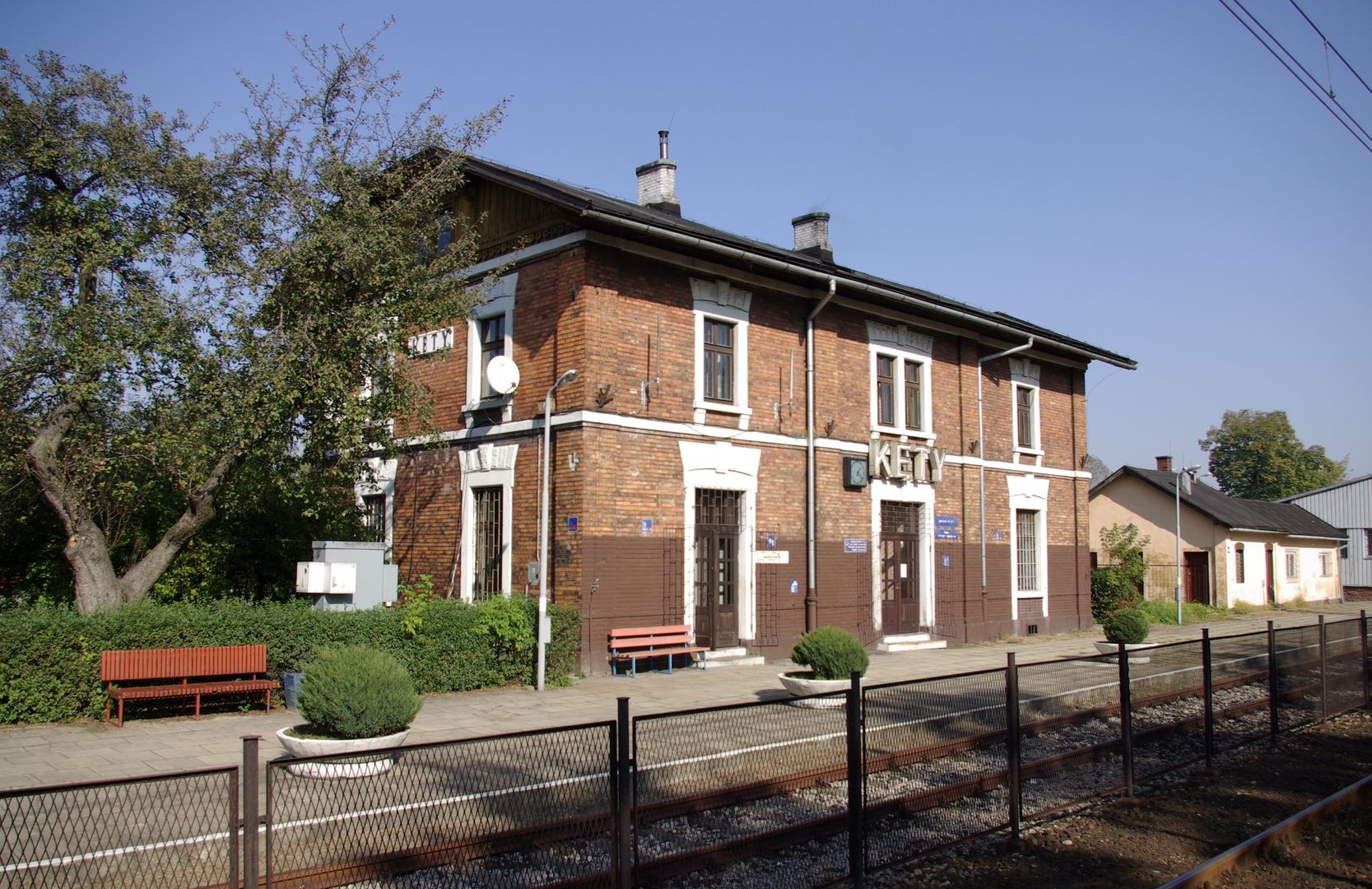Kęty
6.91

Overview
Kęty is a town in the Lesser Poland Voivodeship, known for its rich architectural and historical heritage. The first mention of the town dates back to 1242, making it a settlement with a long history. Kęty received its town charter before 1267, and its urban layout has been entered into the register of historical monuments. The town is characterized by numerous historic buildings, including the church complex on Mickiewicza Street, which consists of the churches of St. Margaret, St. Catherine, and St. John Cantius, as well as the Reformed Franciscan monastery. Kęty also features tenement houses around the Market Square and a Jewish cemetery. Kęty was once a royal town, and its development was associated with industry, crafts, and trade. In the 16th century, the town experienced a period of prosperity, but in the 17th century, it was struck by numerous disasters, including epidemics and military invasions. In the 19th century, industry, including wool spinning mills, and crafts developed, contributing to population growth. During World War II, Jews from Kęty were deported to concentration camps, and many buildings were destroyed. After the war, Kęty underwent a process of reconstruction and development, leading to an increase in population and the town's growing importance as an industrial center. An interesting fact is the coat of arms of Kęty, which refers to a legend related to the town's location, depicting a half-eagle and three eggs. Kęty engages in international cooperation with several partner towns, and in the fields of culture and sports, there are numerous clubs and associations. The majority of Kęty's residents are Catholic, which influences the religious life in the town. Kęty is a place with a rich history, attracting tourists with its monuments and recreational opportunities.
Location
2025 Wizytor | All Rights Reserved